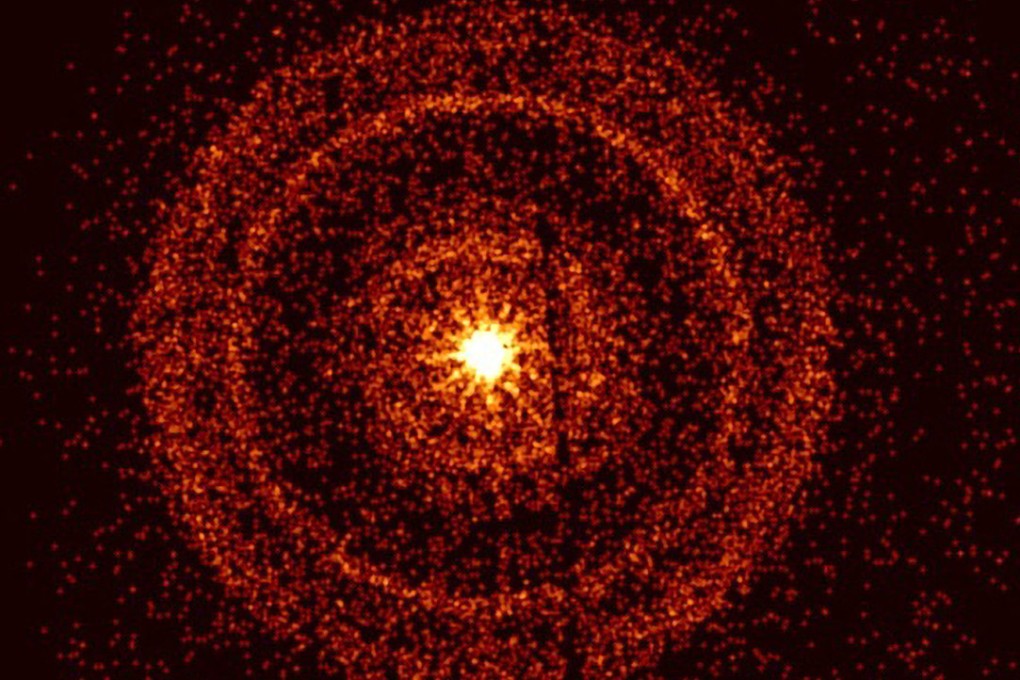Brightest flash ever seen captivates astronomers
- The burst of gamma rays from an event 2.4 billion light years from Earth is likely to have been triggered by the formation of a black hole
- Looking at the once-in-a-century flash, known as GRB 221009A, is like observing a nearly 2-billion-year-old recording

Astronomers have observed the brightest flash of light ever seen, from an event that occurred 2.4 billion light years from Earth and was likely to have been triggered by the formation of a black hole.
The burst of gamma rays – the most intense form of electromagnetic radiation – was first detected by orbiting telescopes on October 9, and its afterglow is still being watched by scientists across the world.
Astrophysicist Brendan O’Connor said that gamma ray bursts that last hundreds of seconds, as occurred on Sunday, are thought to be caused by dying massive stars, greater than 30 times bigger than our Sun.
The star explodes in a supernova, collapses into a black hole, then matter forms in a disk around the black hole, falls inside, and is spewed out in a jet of energy that travels at 99.99 per cent the speed of light.

The flash released photons carrying a record 18 teraelectronvolts of energy – that’s 18 with 12 zeros behind it – and it has impacted long wave radio communications in Earth’s ionosphere.